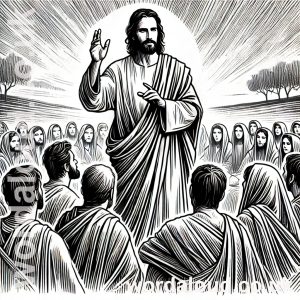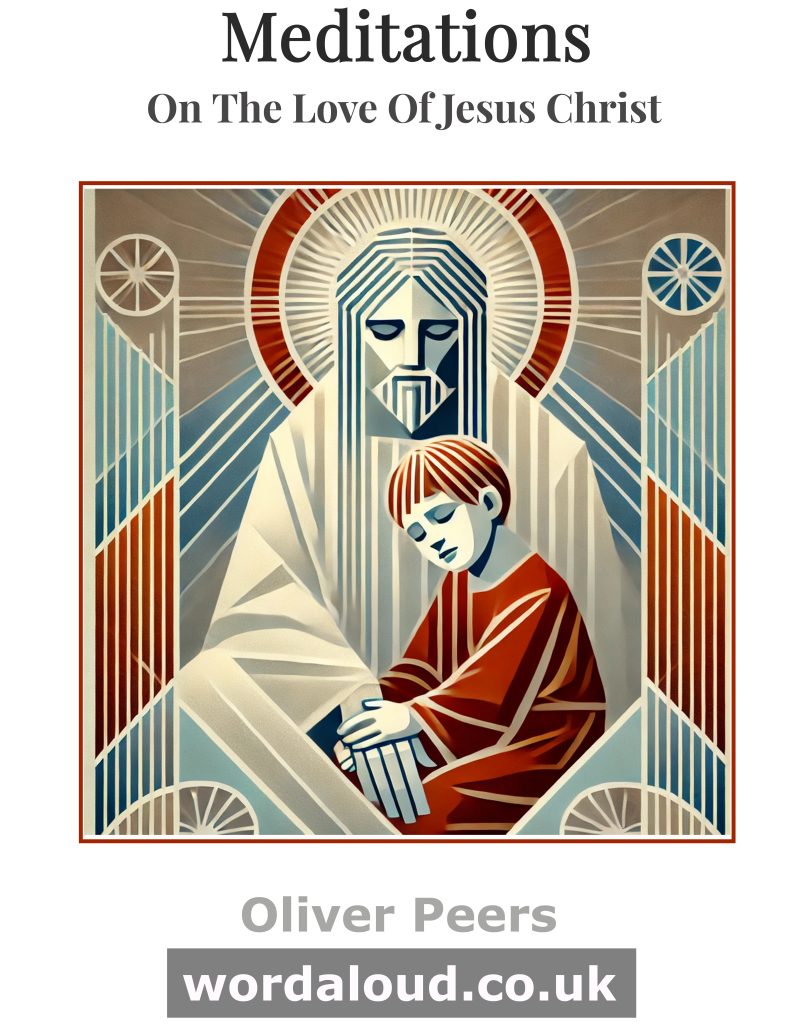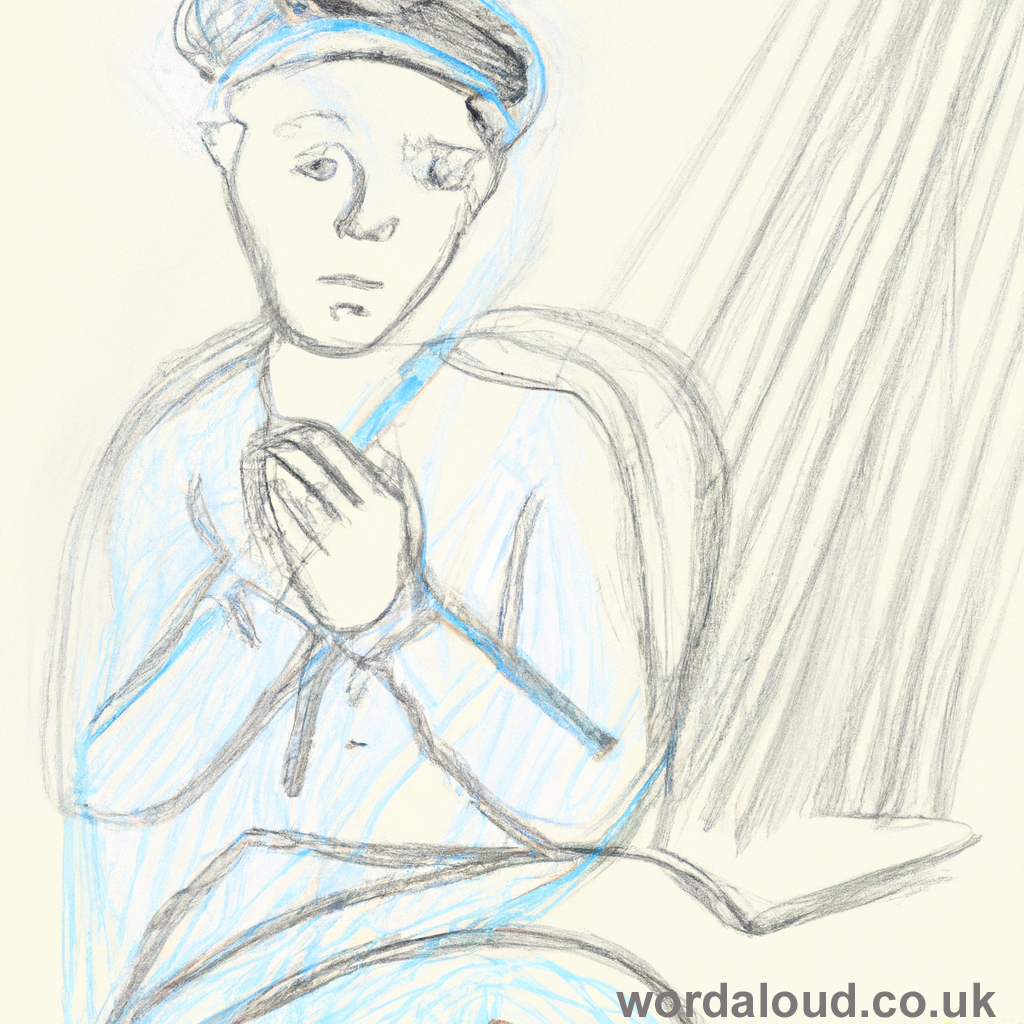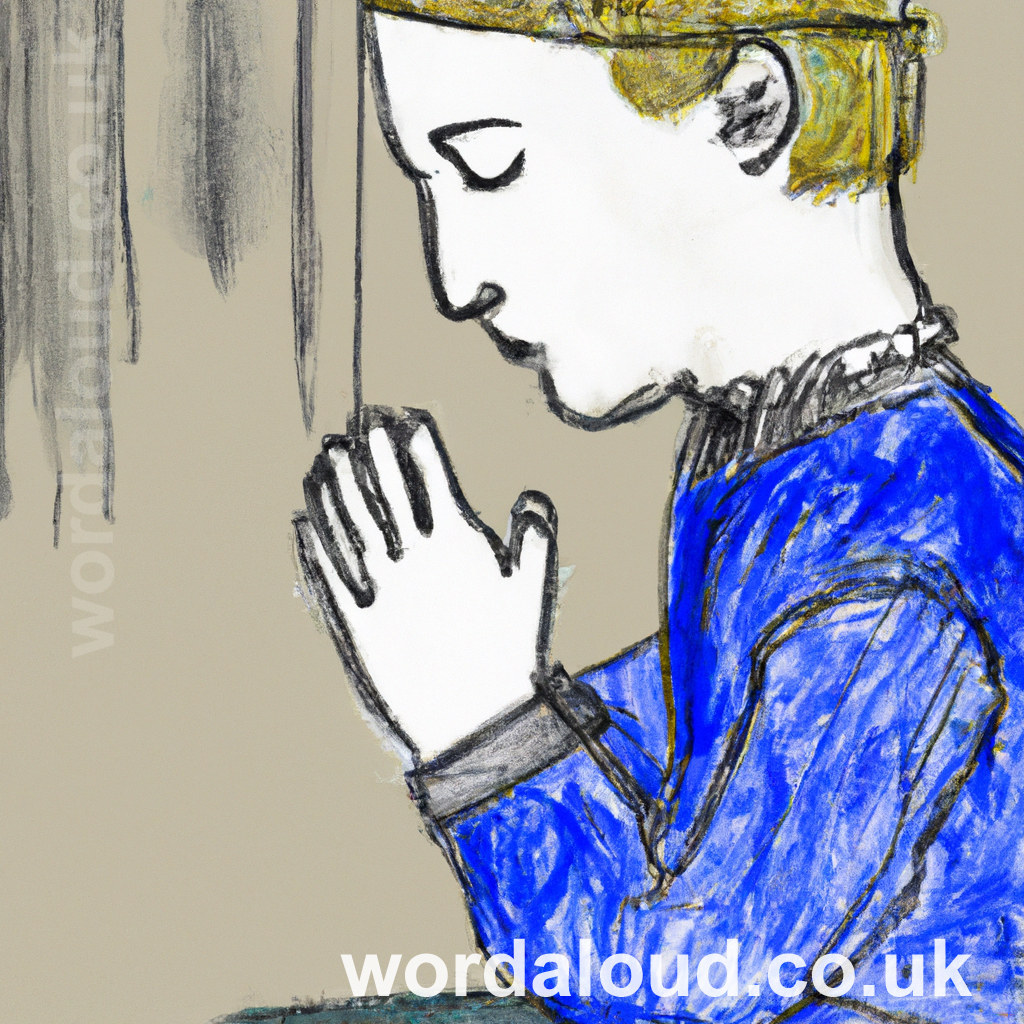Christian Art | Jesus And Satan
Mark 1: 21-28 – 4th Sunday Year B – also Tuesday, Week 2 (Audio Bible KJV, Spoken Word)
21 And they went into Capernaum; and straightway on the sabbath day he entered into the synagogue, and taught.
22 And they were astonished at his doctrine: for he taught them as one that had authority, and not as the scribes.
23 And there was in their synagogue a man with an unclean spirit; and he cried out,
24 Saying, Let us alone; what have we to do with thee, thou Jesus of Nazareth? art thou come to destroy us? I know thee who thou art, the Holy One of God.
25 And Jesus rebuked him, saying, Hold thy peace, and come out of him.
26 And when the unclean spirit had torn him, and cried with a loud voice, he came out of him.
27 And they were all amazed, insomuch that they questioned among themselves, saying, What thing is this? what new doctrine is this? for with authority commandeth he even the unclean spirits, and they do obey him.
28 And immediately his fame spread abroad throughout all the region round about Galilee.
The Bible offers us different accounts of Christ’s first miracle, each suited to the particular needs of the audiences to whom the Gospel evangelists are speaking. In John’s Gospel, the first miracle is that of the wedding feast at Cana. For Luke, it is Jesus freeing himself when those around him, of Nazareth, seek to kill him. Matthew speaks of the healing of a large number of the sick and possessed, most particularly a leper. Here, Mark tells us of the casting out of a devil. In highly compressed form, we are told of how Christ frees us from the fear of evil. He has power over devils. To a people living in fear, this is a most remarkable and wonderful message.
We can ask ourselves: Which aspects of this story of Jesus appeal most to us and strike a chord in our life? Which bits of this Bible text do we like best?
Perhaps we notice that the people in the synagogue in Capernaum are astonished, before the miracle is performed, by Christ’s teaching. He enters into the synagogue to teach, knowing he belongs in this great role as teacher. He has authority, and this stands out to the people and singles him out from the scribes, exposing them as lacking authority. Through witnessing Jesus, the people gain a critical awareness of what the scribes of the synagogue can offer regarding our human relationship with God. Jesus speaks through his personal knowledge of God. Once again we are alert to the life of Jesus as the crowning moment of God’s interventions in human history. The scribes’ knowledge of Old Testament Bible texts is overwhelmed and transcended by this, by Jesus, the God Man.
The power to teach, to speak truly of God, is shown to us here as being very closely connected with the power to cast out devils. We may think of the evil spirits portrayed in the Bible both literally and also as people’s ways of seeking to explain bad things, including physical and mental ailments, which they could not otherwise understand. They are also a sign of fear and bewilderment. Especially in the darker days of the growing and developing Church, Christians may have felt themselves to be beset by evil powers.
Jesus is a healer. He heals physical problems and he heals mental problems. He is too able to forgive sins. We bring these thoughts together as we contemplate Jesus’ power to cast out devils.
We know that in the time of Jesus, and through the history of the Jewish people, and as stipulated in the Jewish sacred texts, physical and mental problems are seen as both resulting from possession by devils and as resulting from sin. A person’s sickness or disability, in other words, was seen as a mark of sin. It was for this reason that such people faced restrictions in terms of worshipping God in places of prayer. They were both physically and mentally marked and also spiritually marginalised. It is curious, indeed, that the man with the unclean spirit is in the synagogue. Perhaps his affliction was not known and only came to light, as it were a deception might come to light, in Jesus’ presence.
The evil spirit recognises Jesus. This may itself seem remarkable as a way of affirming Christ’s divinity to those present and those hearing and reading these verses. The recognition of Christ by the evil spirit follows very closely upon the baptism of Jesus and the voice from heaven declaring Jesus as the Son of God, and indeed, in Mark’s Gospel, the brief mention of Christ’s temptation in the wilderness. It is a very powerful moment: by his father, Christ’s divinity is affirmed in a very positive way; now we see the evil flinch from him and so we see in action something of what it means to be the Son of God.
This devil, speaking in the plural, on behalf of many devils, knows that Christ is come to destroy its power. It is as if it has claimed a territory in this man whom it has invaded and occupied like a virus, and now sees that the end of its time and of its claim on humanity has come.
Christ’s word, then, is authority. It carries the power to inform, to teach, enlighten, to bring the knowledge of God to humankind, and the power to compel, to command the evil to be gone. This was new. When we contemplate this moment we too can be amazed just as the people in the synagogue were amazed.
Christ’s fame spreads. It spreads through all Galilee. It will encompass the whole world and it will spread through time as well, reaching to us now through the Bible and through the Church to this moment in this place, where we may all say: ‘Where I am now.’
How many of the evils we face are built on fear and the falling away from the knowledge of God? May we remember this moment of Christ’s first miracles. Through our prayer, as Christ prayed, and through our reading of the Bible, there is a light to be carried through all the troubles of our 21st Century world. May God be with us.
![]()









